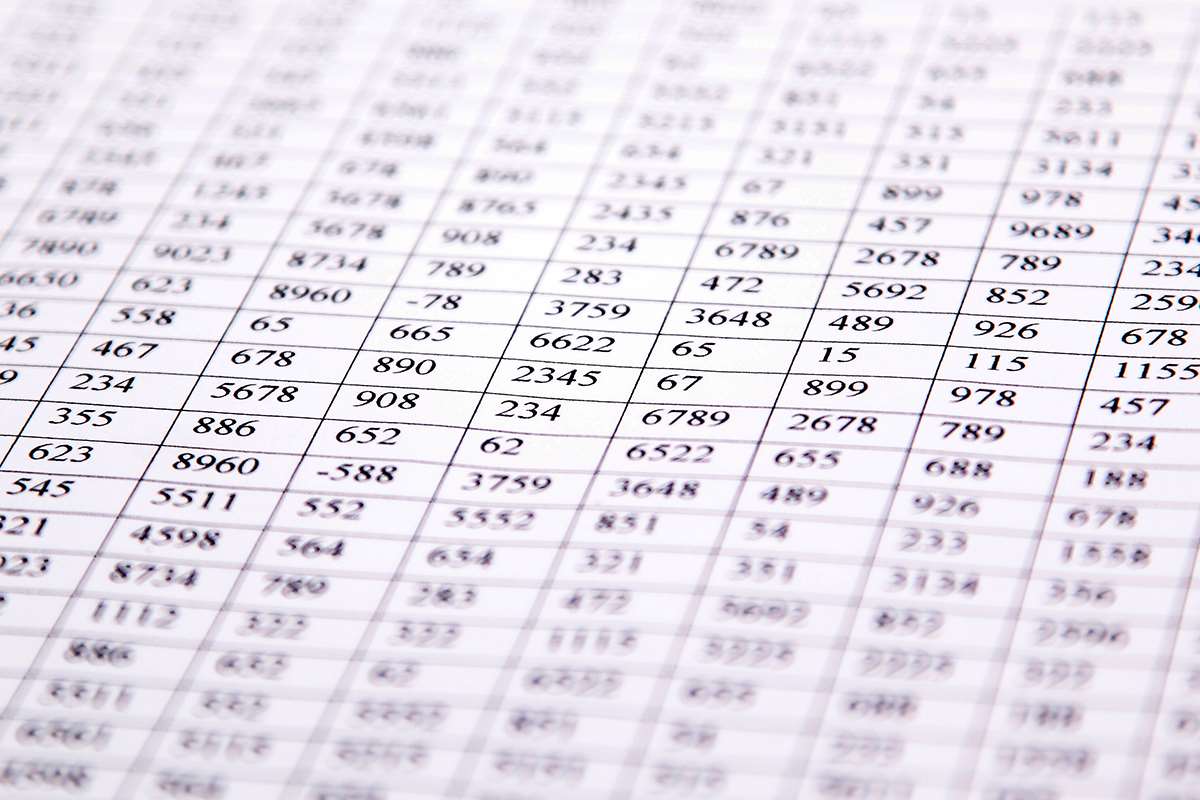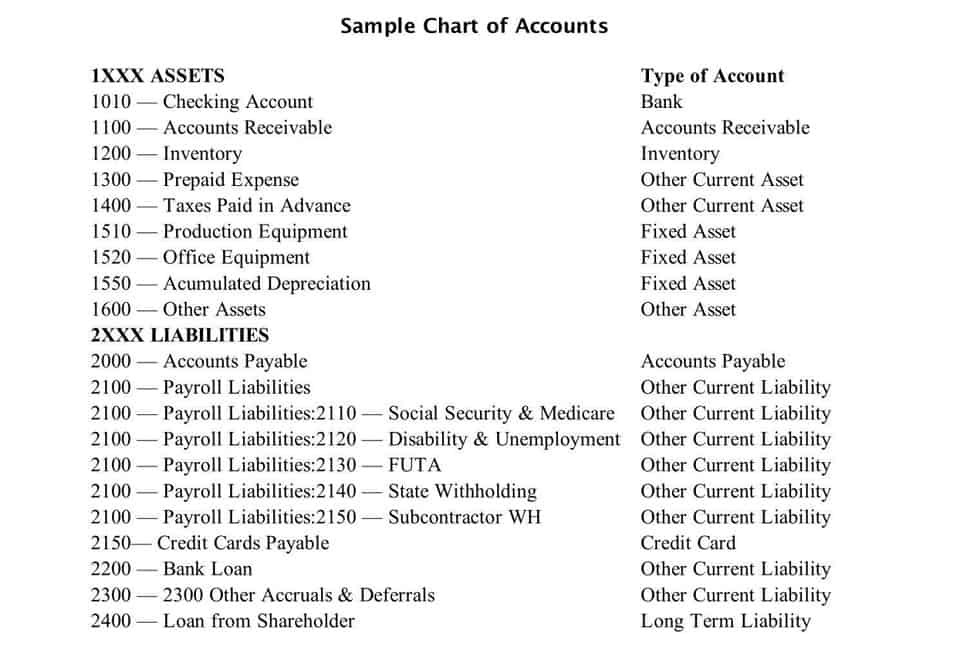Management Accounting: What is Managerial Accounting?Objectives with Great Examples

Through balance sheet analysis, managerial accountants can provide management with the tools they need to study the company’s debt and equity mix in order to put leverage to its most optimal use. Inventory turnover is a calculation of how many times a company has sold and replaced inventory in a given time period. Calculating inventory turnover can help businesses make better decisions on pricing, manufacturing, marketing, and purchasing new inventory. A managerial accountant may identify the carrying cost of inventory, which is the amount of expense a company incurs to store unsold items. Planning involves establishing goals and communicating these goals to employees of the organization.
Product Costs on the Balance Sheet
This would be important if one product had a higher commission rate or was very bulky and thus made shipping difficult. However, as we noted earlier, managerial accounting information is tailored to meet the needs of the users and need not follow U.S. Managerial accountants help a business decide when, where and how much money to spend based on financial data.
- Its valuable financial insights and decision-making abilities help act as the backbone of successful organizations across industries.
- Better decisions typically lead to improvements in profitability, efficiency, and customer satisfaction.
- Jorge’s boss, the controller, is aware of the situation but the chief financial officer is not.
- Take your learning and productivity to the next level with our Premium Templates.
- Distinguishing between fixed and variable costs enables you to focus on reducing avoidable expenses and enhancing operational efficiency.
Performance Evaluation and Variance Analysis
It helps you allocate resources to the most profitable aspects of the business. CVP analysis examines the connection between costs, volume, and profit to determine the breakeven point. A breakeven managerial accounting point is the level of sales or production at which total revenues equal total costs. Understanding how costs behave in response to changes in activity levels is critical in management accounting.

Management Accounting Systems

Alex has taken a position as a market analyst for a Fortune 500 company that operates in the shipping industry. Her first assignment is to suggest and evaluate ways the company can increase the revenue from shipping contracts by 10 percent for the year. How will she know if her suggestions for pricing are creating more shipping contracts and helping to meet the company’s goal?
These costs have two components—selling costs and general and administrative costs—which are described next. Examples of non-manufacturing costs appear in Figure 1.5 “Examples of Non-manufacturing Costs at Custom Furniture Company”. The standards outlined in this statement are guidelines that can help accountants choose an ethically acceptable course of action.
Accounting managers

The process of creating a budget for each client enables the firm to plan for future staffing needs and communicate these needs to employees of the company. Rather than simply hoping it all works out in the end, Ernst & Young projects the labor hours required in the future, hires accounting staff based on these projections, and schedules the staff required for each client. The two important functions that enable management to continually plan for the future and assess implementation are called planning and control. Planning4 is the process of establishing goals and communicating these goals to employees of the organization. The control5 function is the process of evaluating whether the organization’s plans were implemented effectively. Figure 1.9 “Merchandising Company Income Statement for Fashion, Inc.” presents an income statement for Fashion, Inc., a retail company that sells clothing.
- Financial professionals calculate inventory turnover to determine how long it takes inventory to turn into revenue.
- Figure 1.1 “A Typical Organization Chart” is a typical organization chart; it shows how accounting and finance personnel fit within most companies.
- The internal auditor often verifies the financial information provided by the managerial, financial, and tax accountants (all of whom report to the controller and ultimately to the CFO).
- JIT and lean accounting emphasize reducing waste and increasing efficiency for streamlined processes.
Standard costing involves establishing predetermined cost standards for materials and overhead. These standards serve as benchmarks against which actual cost comparison happens. Financial leverage metrics analyze and determine the amount of borrowed capital that should be used to purchase assets to provide the maximum return on investment.
- For a manufacturing company, effectively managing inventory levels is crucial.
- Suppose one of the controls put into place is to measure the sales in the current stores to determine if selling the company’s products in new stores is adding new sales or merely moving sales from existing stores.
- Managerial accounting determines the costs of articles that are manufactured.
- The objective of management accounting is to use the statistical financial data you generate to facilitate a company’s progress.
- In reality, the individual customer segment is more profitable, even though the small businesses place more orders annually.
